Nutrient Extraction by Farmed Kelp Could Make Cents
Dr. Schery Umanzor, a marine ecologist at the University of Alaska Fairbanks, is interested in using science to solve farmers’ problems.
“My interest is [in] doing research that is farmer-oriented, rather than satisfying my own curiosity,” she said. “I’m very open to getting input on what farmers are interested in learning from their farms. It’s really the way to go in my opinion, if we want to see the industry flourish.”
The question she’s currently tackling is one many seaweed farmers ask: could they be paid for the nutrient extraction benefit their farms provide to the local marine environment?
Like land plants, kelp photosynthesizes, absorbing CO2 from the water and converting it into the sugar it uses to grow. Additionally, kelp has the added benefit of removing excess nitrogen from the water column. In coastal waters near urban centers, such as Long Island Sound, terrestrial runoff can lead to high levels of nitrogen. This, in turn, can cause large algal blooms that gobble up the dissolved oxygen in the water and lead to the dieoff of many marine organisms. Kelps are highly effective at removing nitrogen from the water column, and farming kelp in these areas can be a useful mitigation strategy to improve the quality of coastal waters.
In terrestrial ecosystems, the conservation of forests or other ecosystems that naturally sequester atmospheric CO2, is sometimes financed through the sale of carbon credits. Essentially, a landowner can be paid for the environmental service their trees provide by absorbing and storing atmospheric CO2. Dr. Umanzor believes that it is a matter of time before a nutrient trading or carbon credit system is set up to reward kelp farms for their parallel ecosystem service. “Because in a sense, [kelp] farms are doing this service for free,” she said.
Creating a financial mechanism to support this type of nutrient trading program for kelp will require leadership from both the public and private sector. In the meantime, Dr. Umanzor is working to ensure that there is sound science to support these prospective markets. In her most recent study, she has created a tool that can measure exactly how much nitrogen or carbon a kelp farm removes from the water column.
The tool she designed is named NET: Nutrient Extraction Toolkit. It includes an assortment of easy-to-use sampling equipment, and clear instructions for farmers on where and how to collect tissue and water samples. Three times a season, kelp farmers collect 5 different blades from their growlines, and cut out samples from the base, middle, and tip of the blades. These specimens, along with water samples from the farm site, are shipped to Dr. Umanzor for analysis. There are currently 10 kelp farms participating in her study, spread across the Northeast and in several locations in Alaska.
From these samples she is able to track the levels of carbon and nitrogen stored in the kelp over time. Dr. Umanzor says it is still too soon to draw any conclusions about the data; she will know more after analyzing samples from this year’s harvest. But she has noticed that different sites vary widely in the amount of nitrogen they absorb from the water, which could potentially influence the way that nutrient credits are calculated and assigned in the future. For example, an industry average may not fully represent the nutrient uptake potential of certain sites.
She has also noticed that some farms are already seeing signs of nutrient limitation. Meaning that a farmer’s kelp may grow really well with only a few lines in the water, but if the farm scales, the kelp may not do as well because the farm has used up the available nitrogen in the surrounding waters. In the future, she hopes to run further studies to dig into this question on how scale impacts the productivity of a farm site based on nutrient limitation. But this observation has led her to believe that the NET could also be a useful tool for site evaluation, helping farmers determine whether a site has an adequate and stable supply of nitrogen before they choose to deploy a farm.
Farmers who are interested in contacting Dr. Umanzor for participation in future scientific studies (around scaling and learning more about their farm) can reach her at sumanzor@alaska.edu.



